MetBalance Test Parameters

With MetBalanceTest you will be able to know your metabolic health in the following health areas.

Anthropometric parameters
It includes parameters such as your age, gender and body mass index (BMI). Alterations in BMI may be indicators of health problems.

Cardiovascular
health
It includes total lipids, parameters related to atherogenic risk, lipoprotein oxidation index and cholesterol elimination efficiency indicators.

Inflammation
This includes parameters of glycoprotein metabolism. Inflammation is a sign of metabolic stress that may indicate the possible alteration of other parameters.

Energy metabolism
This includes parameters concerning the metabolism of glucose and ketone bodies, as well as some amino acids.

Muscle Mass
This includes amino acids important to muscle function and that have been associated to sports performance.

Kidney function
Creatinine is one of the compounds used to estimate renal function. It is important to maintain adequate values to ensure proper metabolism.
You can’t change your genetics, but you can change your metabolism
Anthropometric parameters

This section includes data on the individual such as biological age and sex, as well as the calculation of body mass index (BMI) from their weight and height. This allows people to be classified as underweight, normal weight, overweight and obese.
Based on the BMI result, we obtain the score and percentage of this section. The percentage obtained is penalized if other possible comorbidities obtained from the MetBalance test variables are detected.
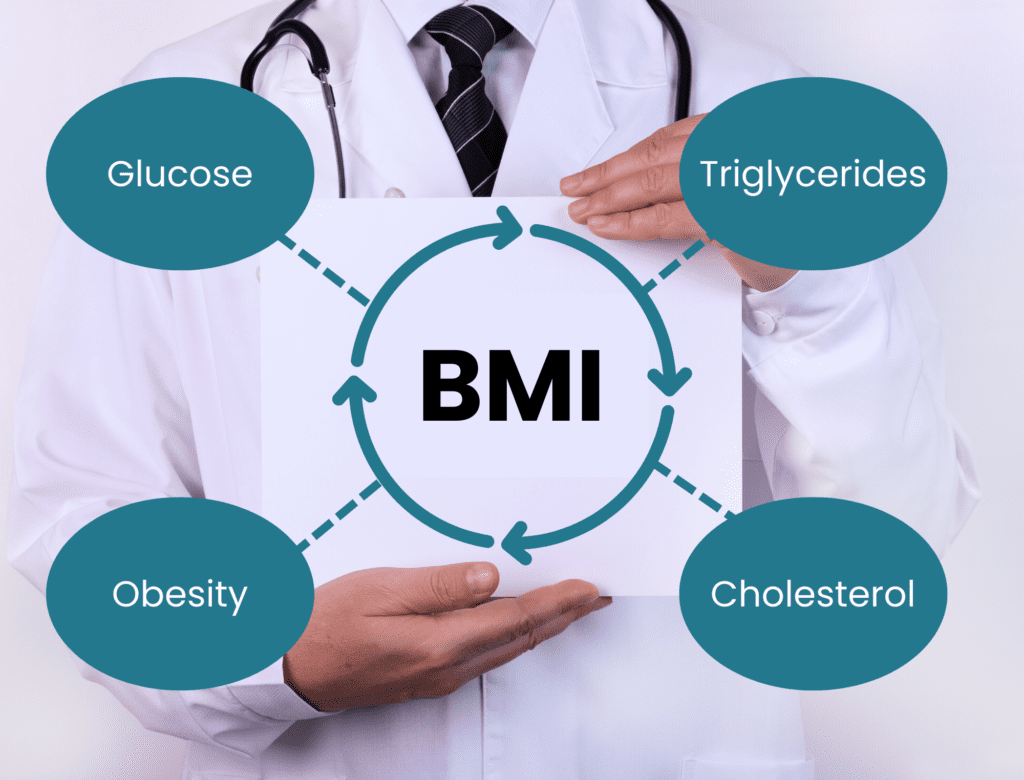

A combination of proper diet and exercise helps maintain a healthy balance of anthropometric parameters and metabolic health.
Cardiovascular health
Cardiovascular disease is the leading cause of death worldwide, according to the World Health Organization. Most cardiovascular diseases can be prevented through the adoption of healthy lifestyles and active participation in the management of the disease through self-care.

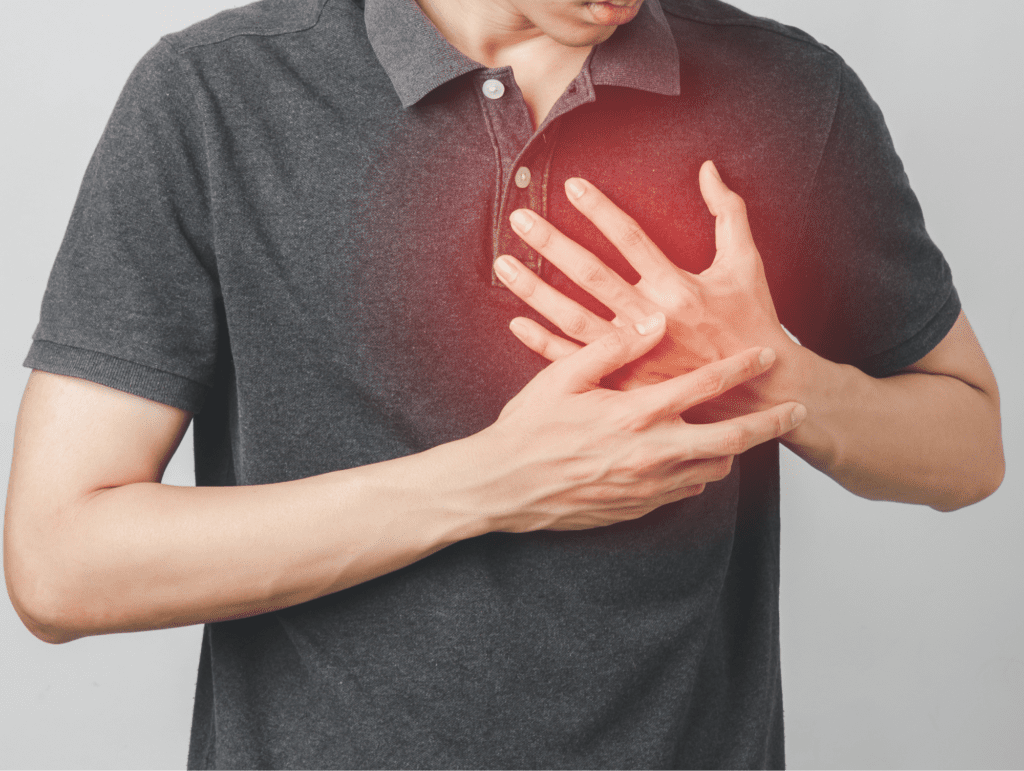
The consumption of tobacco, obesity, a sedentary lifestyle and hypertension are serious and the key variables that each individual can influence by opting for a balanced diet, exercising regularly and quitting, smoking, if applicable. Therefore, a combination of proper diet and exercise helps maintain a healthy balance of parameters associated with cardiovascular health.
The parameters included in this section focus on the analysis of the lipid profile, including the concentration of cholesterol and triglycerides transported in lipoproteins, which are the particles responsible for transporting lipids through the blood.
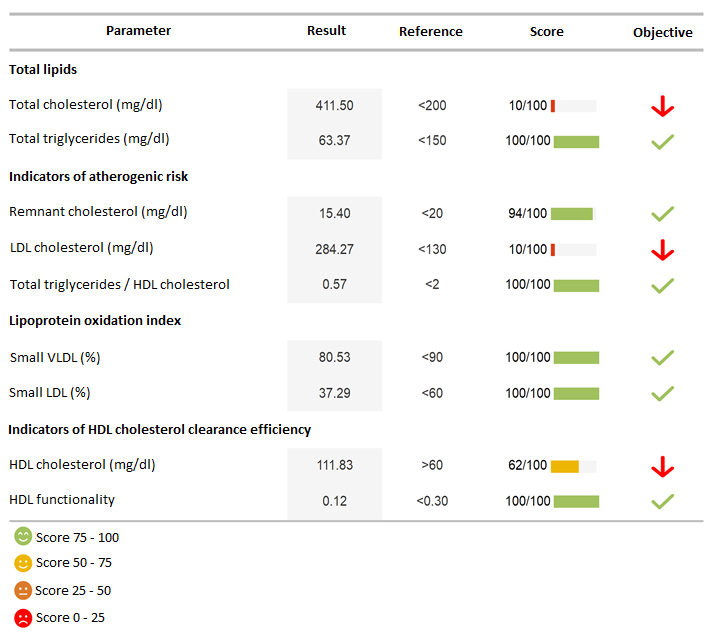
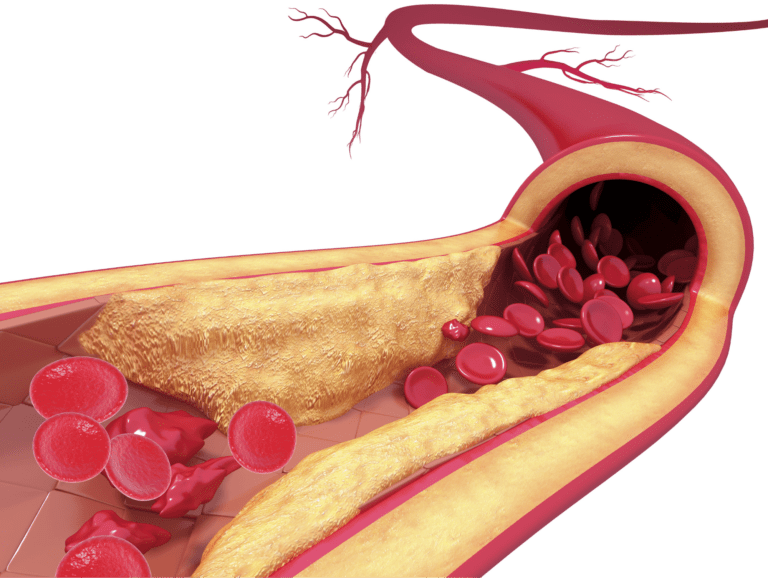
In addition, the percentage of small particles is also determined, since these have a greater susceptibility to oxidation. Finally, it evaluates the efficiency of HDL lipoproteins in the elimination and cholesterol, key factors involved in the formation of atheroma plaques and directly associated with an increase in cardiovascular risk.
Inflammation
Inflammation is a sign of metabolic stress that may indicate the possible alteration of other parameters. The parameters obtained in this section allow for a comprehensive characterization of circulating glycoproteins that have been associated with low-grade inflammatory processes.
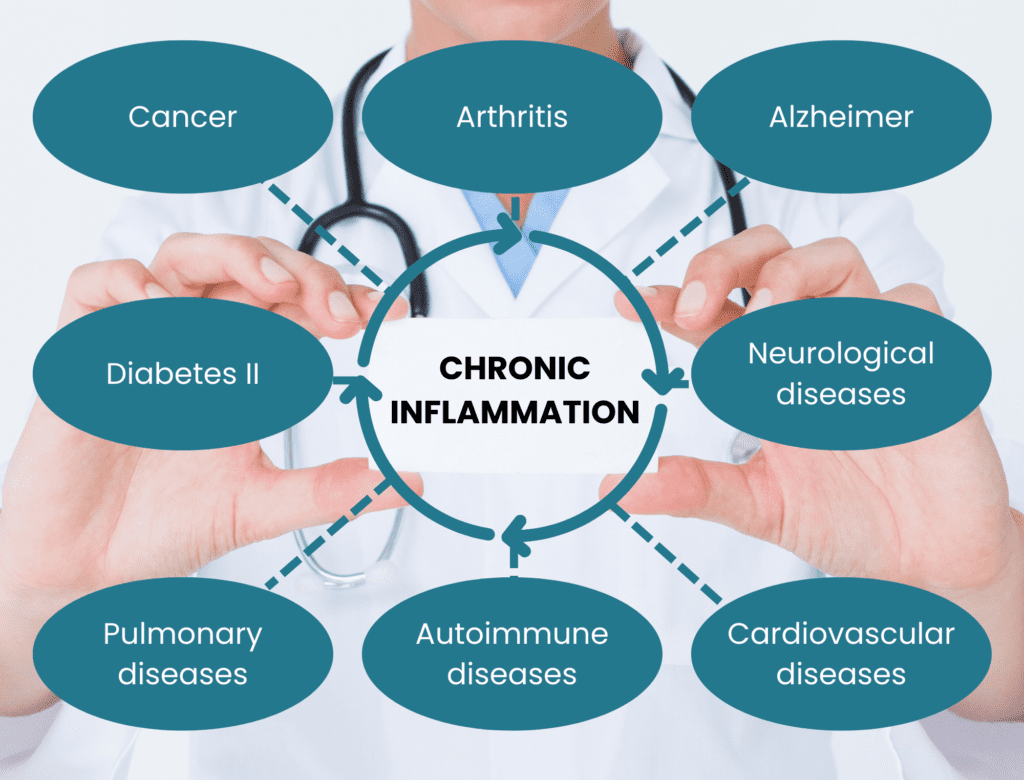
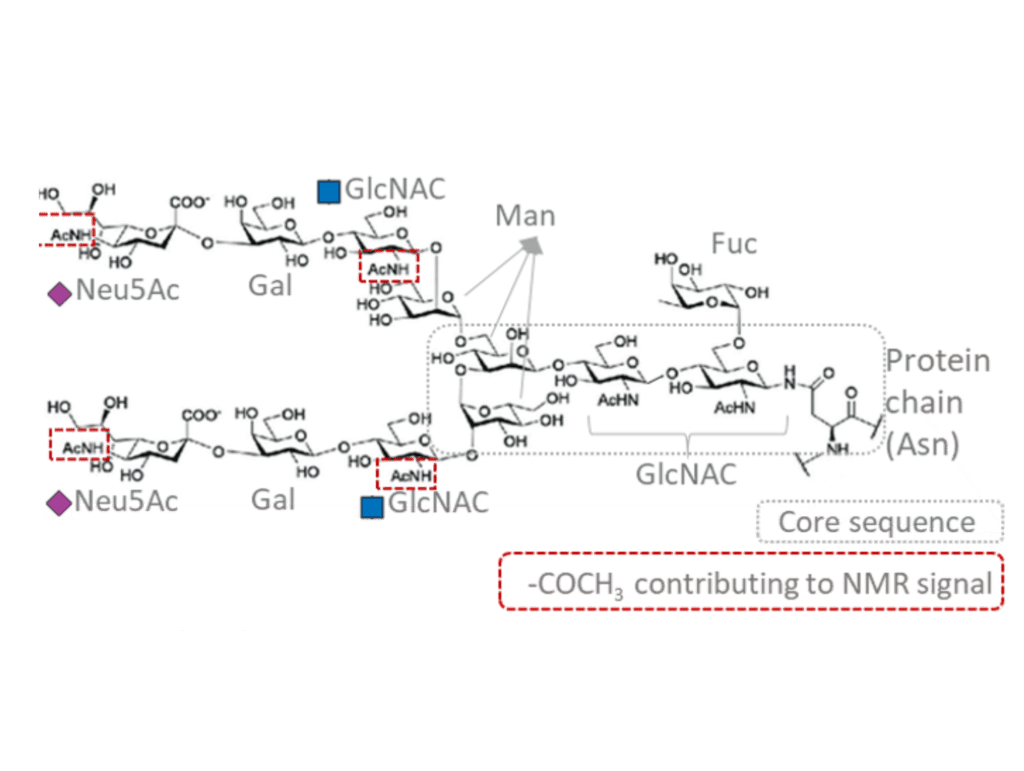
Specifically, we quantify the concentration of the acetyl groups of N-acetylglucosamine and N-acetylgalactosamine (GlycA) and the acetyl groups of N-acetylneuraminic acid (GlycB) bound to plasma proteins.
This NMR-derived glycoprotein profile has recently been established as a new inflammatory biomarker, independently associated with cardiovascular disease and low-grade inflammatory processes.
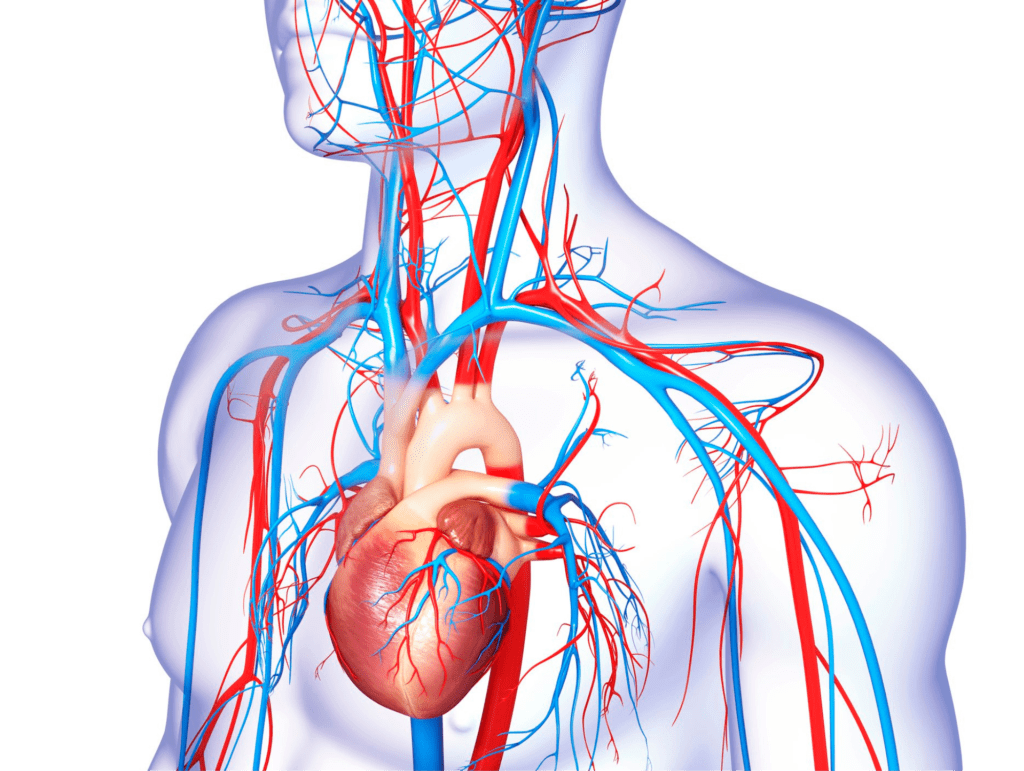

Tobacco use, obesity, sedentary lifestyle, not sleeping well and stress are conditions that favor inflammation. A combination of proper diet and exercise helps maintain a healthy balance of inflammation-associated parameters.
Energy metabolism
Energy metabolism is responsible for producing the body’s energy needs. It is important to maintain adequate indicator values to ensure proper metabolism.
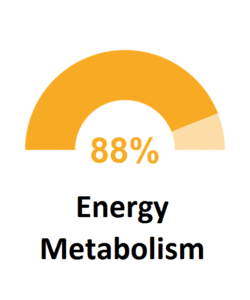
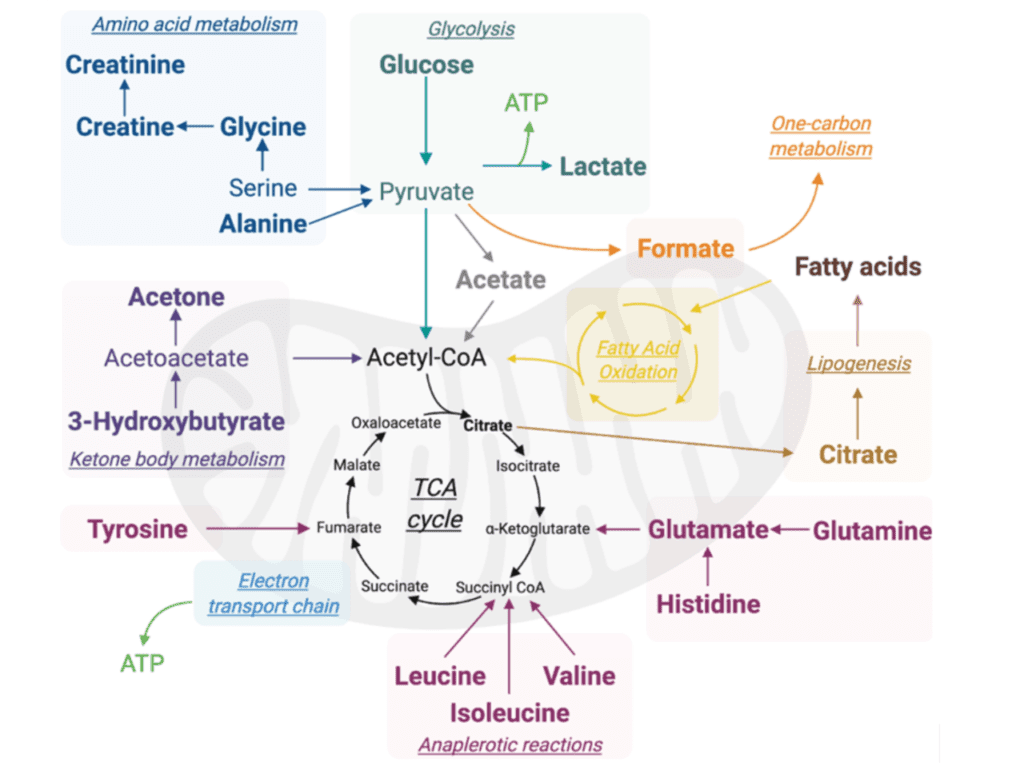
Glucose is the body’s major source of energy. In the absence of oxygen, glucose is converted into lactate for energy. During exercise, the concentration of lactate can increase due to our body’s high energy demand.
In addition, glucose is the biomarker used to diagnose diabetes. In most cases, diabetes can be prevented by making changes in lifestyle.
Ketone bodies are an energy alternative to metabolism, mainly when carbohydrate levels decrease, making their energy contribution vital in situations of hypoglycemia, since these can contribute energy to the nervous system. A low or very low carbohydrate diet, prolonged fasting, as well as intense exercise can increase the levels of ketone bodies in the blood.
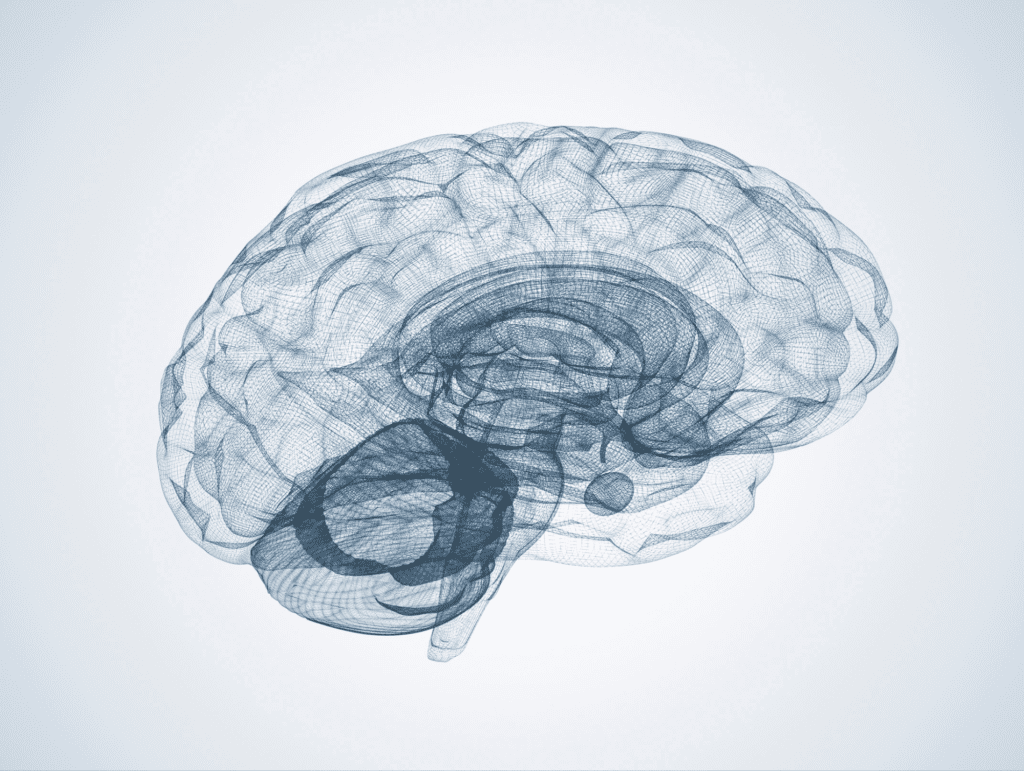
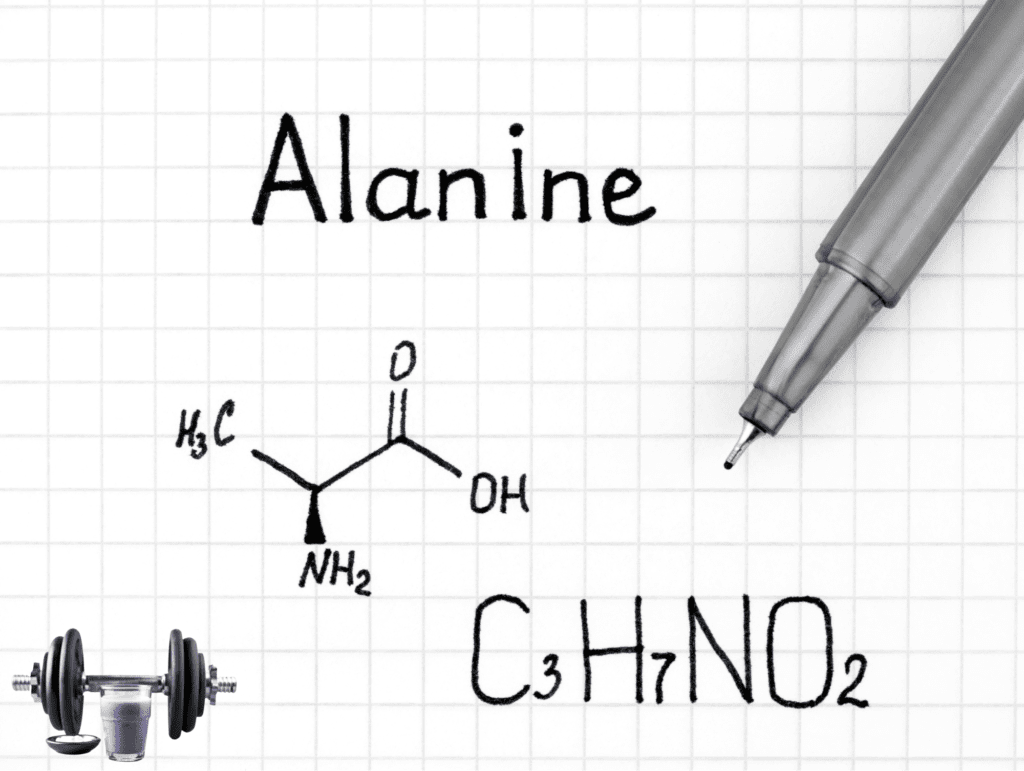
Tyrosine and alanine are amino acids. Apart from being involved in protein synthesis, tyrosine helps to improve energy, physical performance and cognitive flexibility, while alanine can be used to produce glucose, helping to reduce muscle fatigue and increase athletic performance.
Muscle Mass
Glutamine and glutamate are amino acids that regulate the synthesis and degradation of proteins and, therefore, muscle mass. Glutamine is the most abundant amino acid in the blood and is involved in many biological functions such as nucleotide synthesis (DNA), cell proliferation, energy production or participation in the urea cycle. Glutamate is the most abundant precursor to the brain’s neurotransmitter involved in the regulation of motor, sensory and cognitive systems.
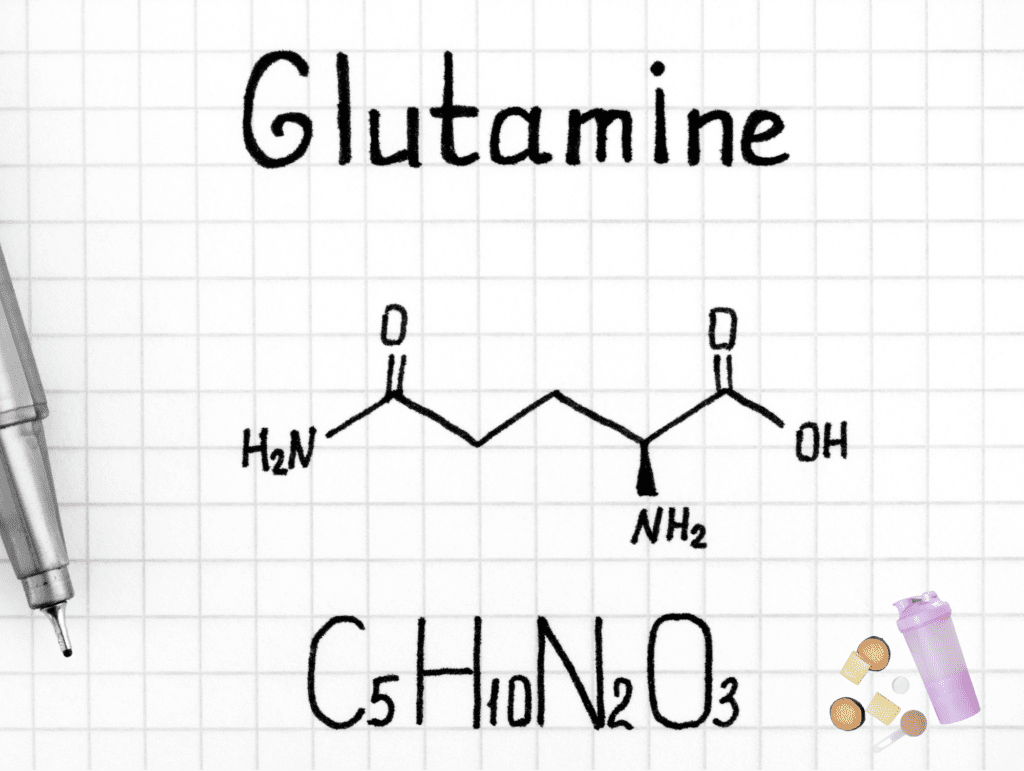

Creatine is an amino acid that is found mainly in the muscles and brain, providing both energy and structural function, and there is scientific evidence that taking creatine as a supplement improves athletic performance.
BCAAs or branched amino acids, including valine, leucine, and isoleucine are responsible for synthesizing up to one-third of the body’s skeletal muscles. In addition, BCAAs can activate the metabolism favoring the production of energy.
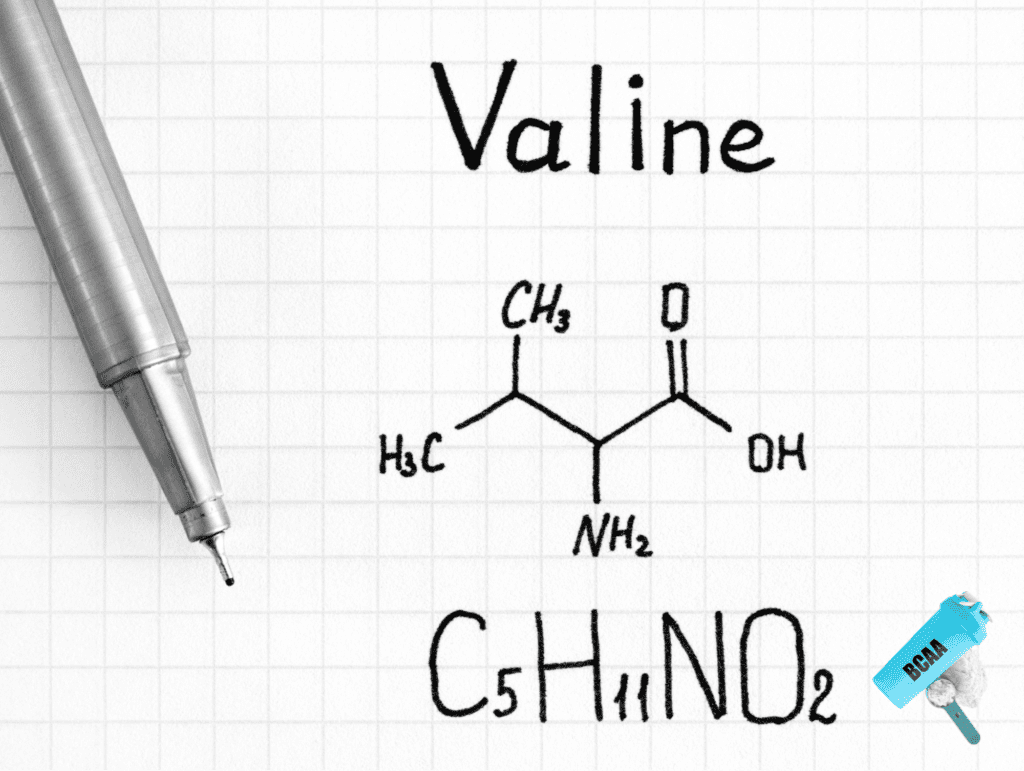

While valine is also involved in tissue repair and helps prevent physical and mental fatigue, leucine stimulates muscle protein synthesis, and isoleucine plays a very important role in glucose absorption, preventing catabolism and loss of muscle mass. There are several scientific studies that associate elevated levels of these amino acids with risk of metabolic disease.
Kidney Function
Creatinine is a compound that is made in the muscles and is eliminated by the kidneys. Therefore, it is a by-product of our muscles when they need energy to perform their functions. Creatinine is formed from the degradation of creatine. It is removed from the body by the kidneys mainly through urine.
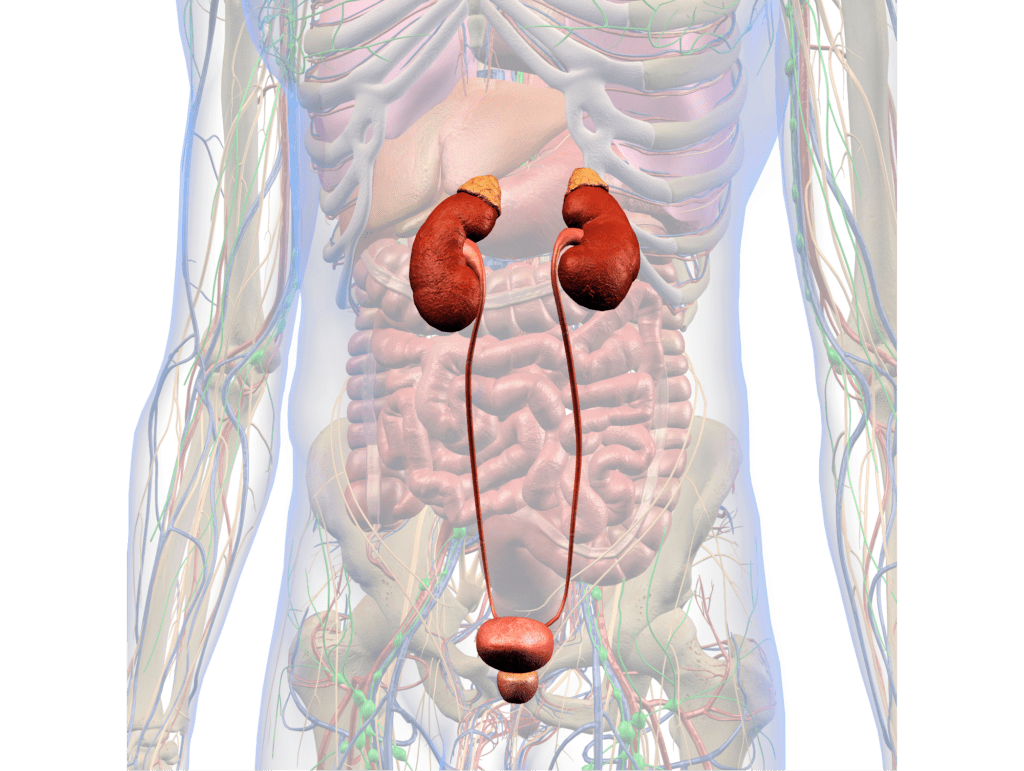

Elevated blood creatinine levels may indicate impaired renal function. Although performing intense exercise can also increase the creatinine value, this alteration is not necessarily related to renal impairment.

